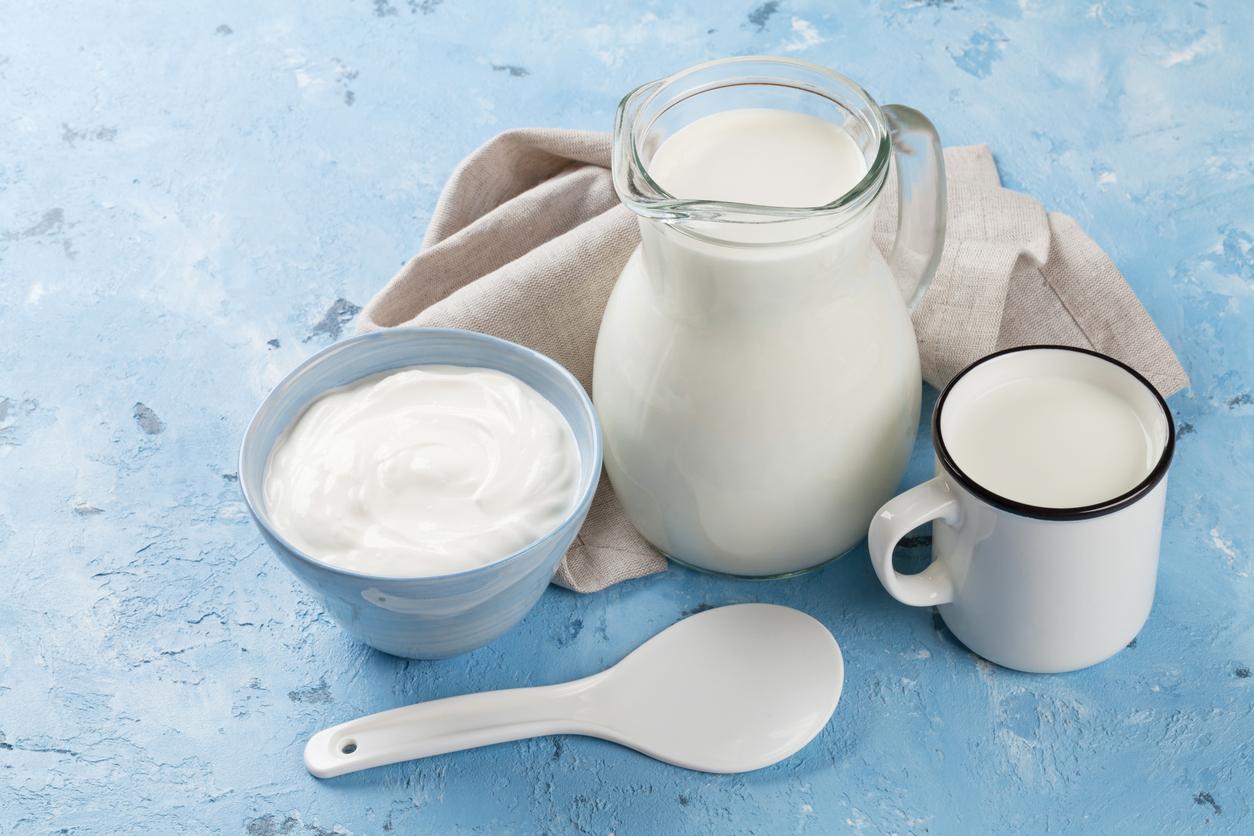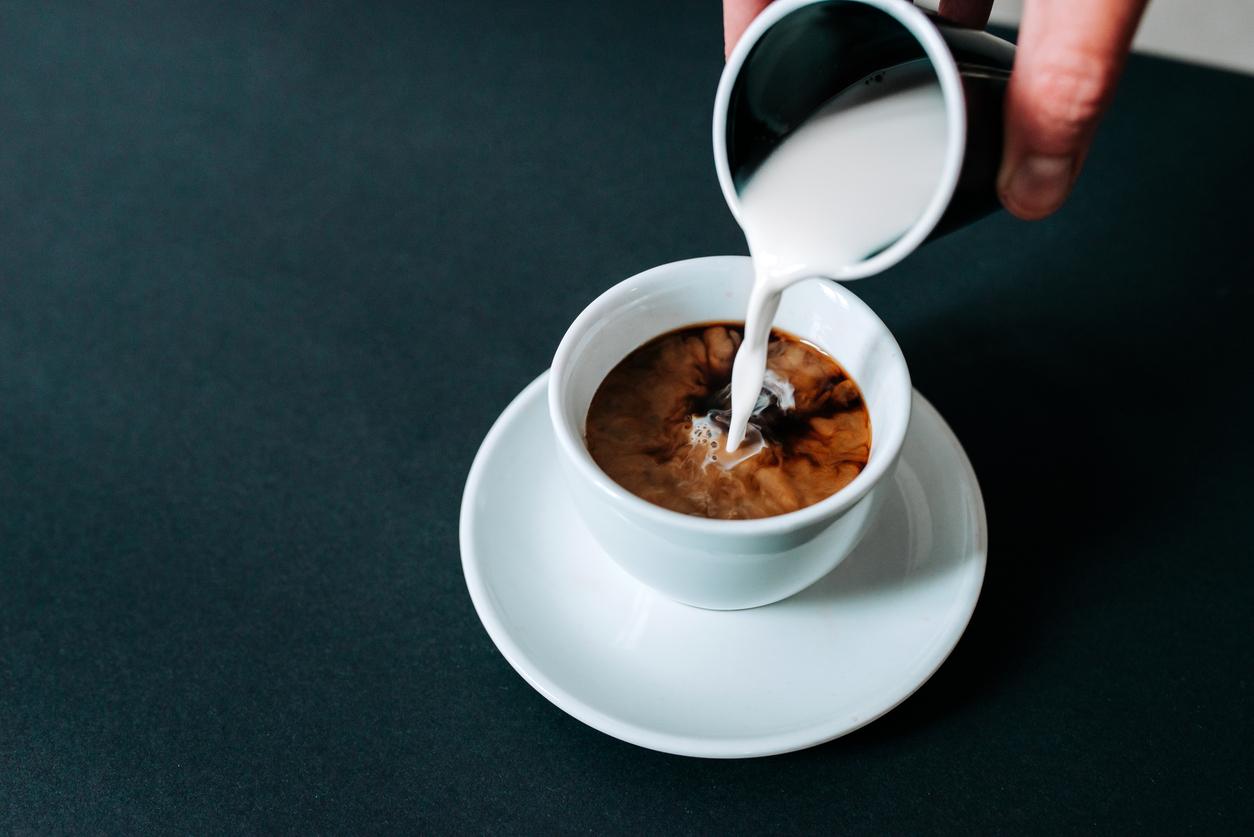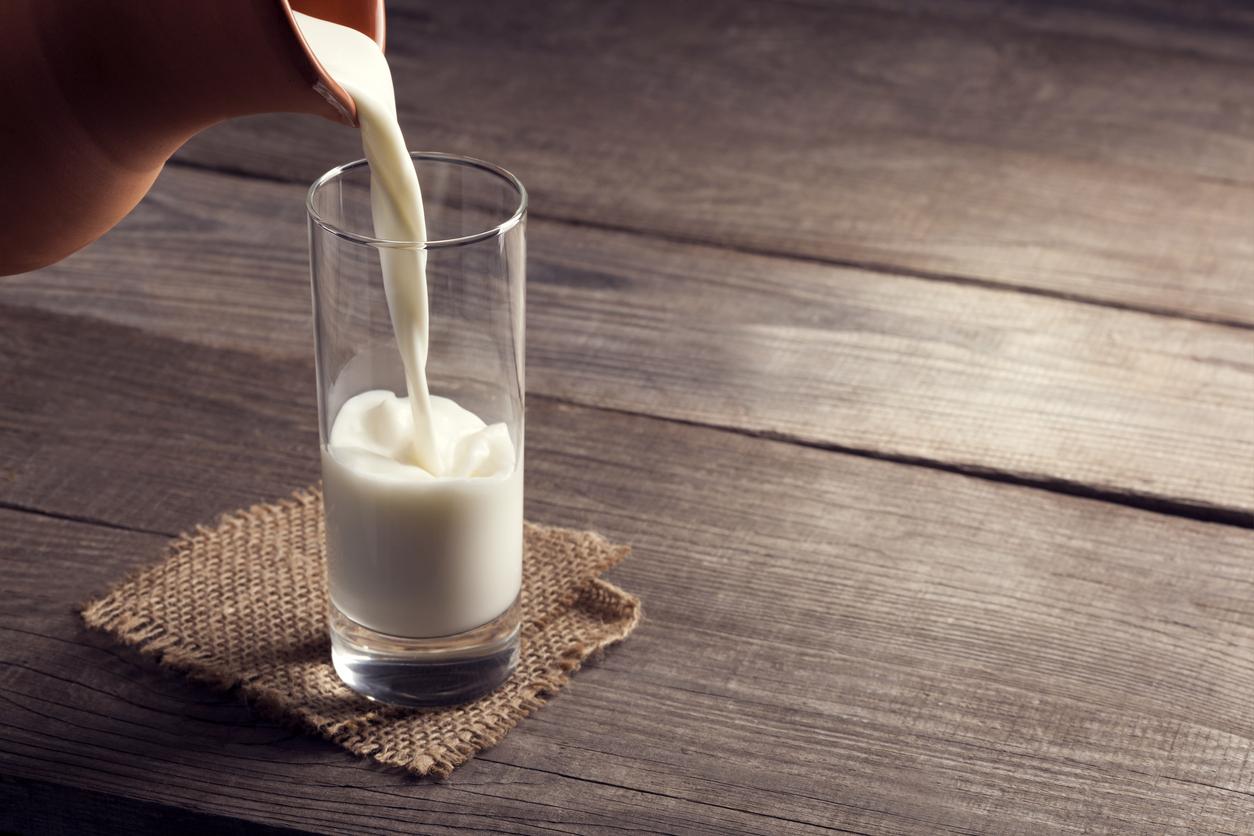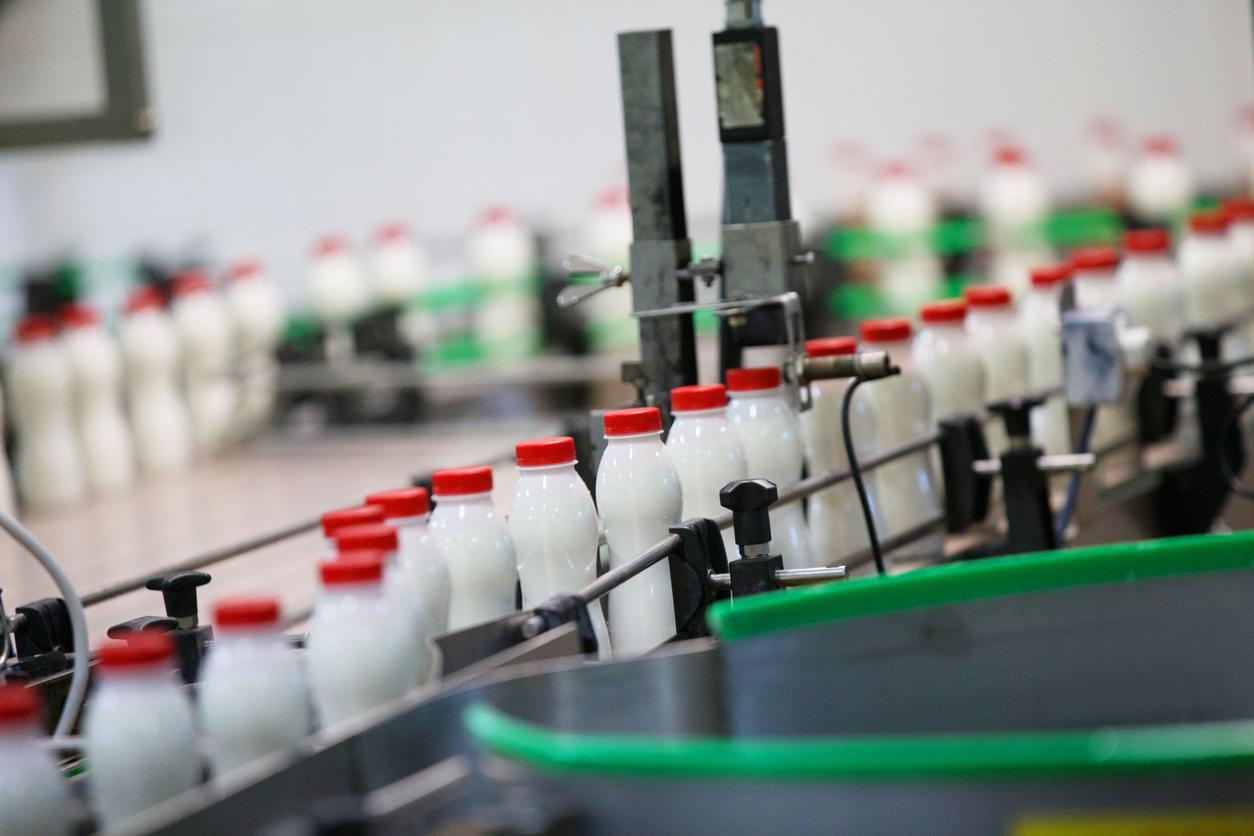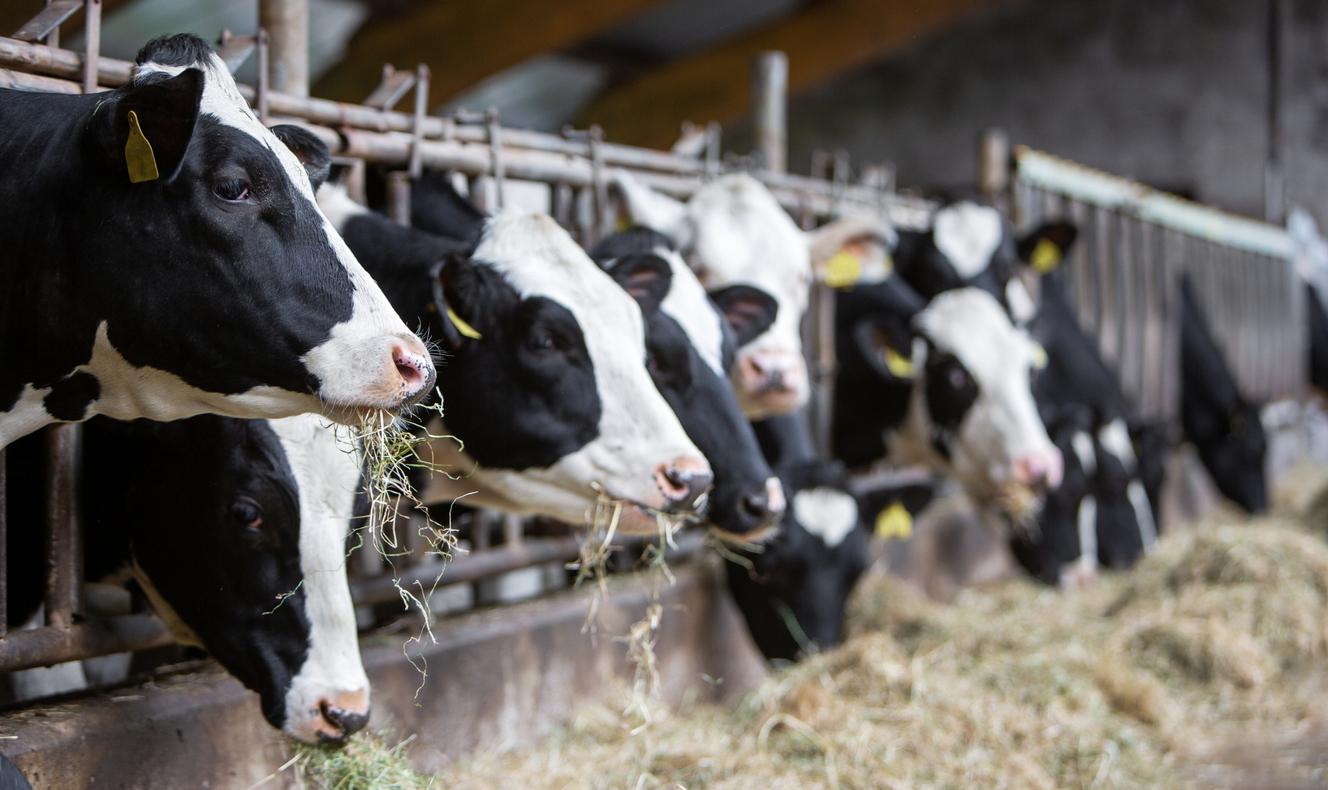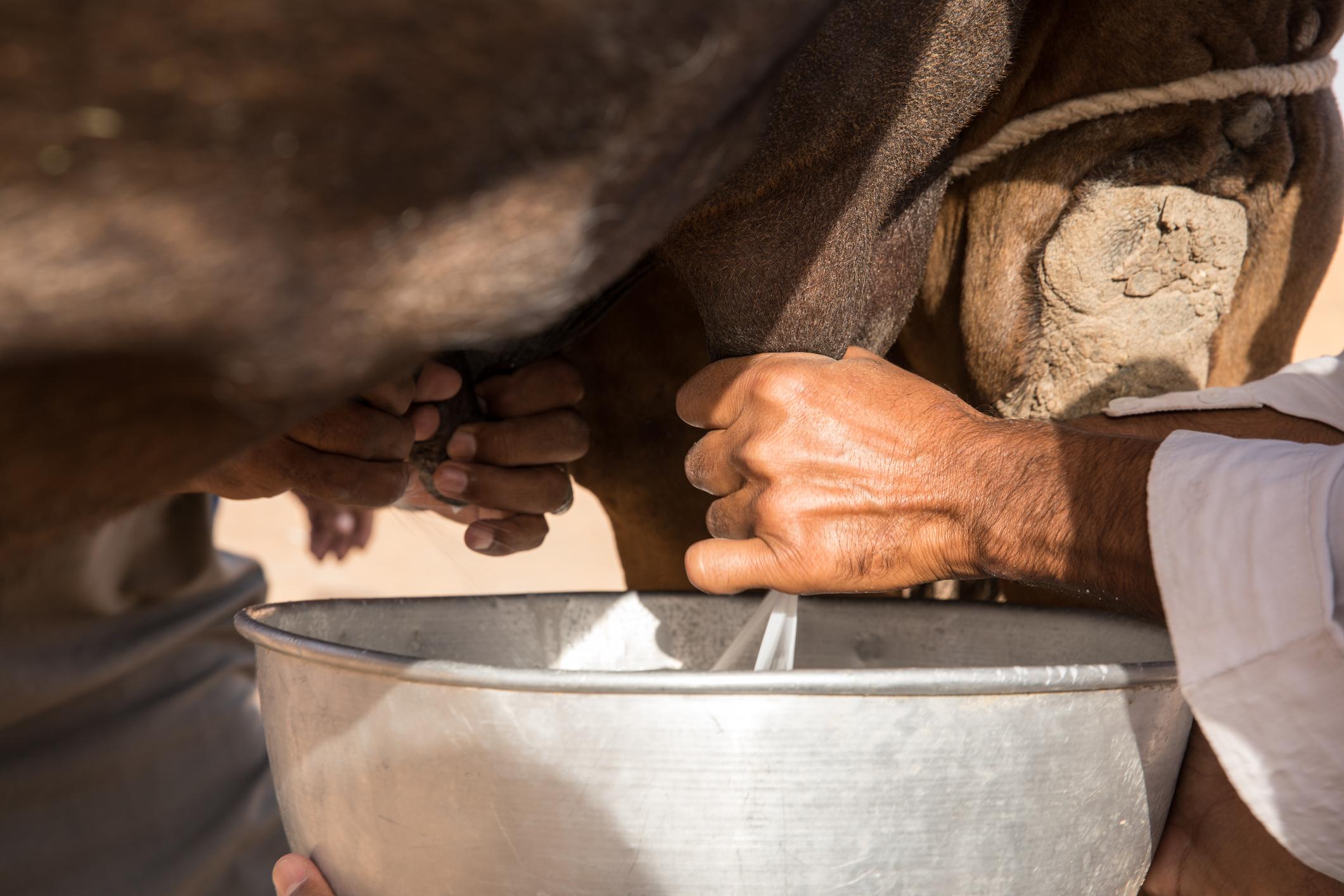To reduce the consumption of soda and sugary drinks, young people need to help each other. This is what an American study published in the Journal of School Health reveals.

In the United States, 80% of young people aged 12 to 19 consume sugary drinks. Their excess consumption worries the American authorities. For years, the American administration has launched programs to educate young people about the dangers of sugar and fat. Without obtaining tangible results. An American study investigated whether an alternative way of doing prevention could influence the consumption of sugary drinks.
“Sodabriety”, an effective method
The “Sodabriety” project was started by researchers at Ohio State University at two high schools in rural Ohio. The experiment lasted for 30 days. The goal was to allow high school students to participate in a competition based on health. The entire prevention campaign was created by several students from both high schools. The idea was to suggest that young people consume less sugary drinks and soda for a month.
186 high school students participated in the study and the influence of this new campaign was substantial. Before the project, 63% of students admitted to drinking sugary drinks more than three times a week. At the end of the 30 days of experience, only 7.2% of the students were consuming sugary drinks at this rate! The high school students’ effort did not stop after the end of the experiment. The researchers found that 60% of the students drank less than three sugary drinks per week even one month after the study ended.
Laureen Smith, director of this study, was surprised to discover that the students compensated for their sugary drink needs on their own by drinking water. “Before the study, the students’ water consumption was ridiculous. But we have seen a real improvement, ”said Laureen Smith. And the teens testified that they lost weight and reported feeling much better after the 30 days.
The American Midwest is renowned for being one of the areas where diabetes and obesity take its toll on the population. Laureen Smith hopes this type of experience can help reduce the spread of type 2 diabetes in rural areas.
.







